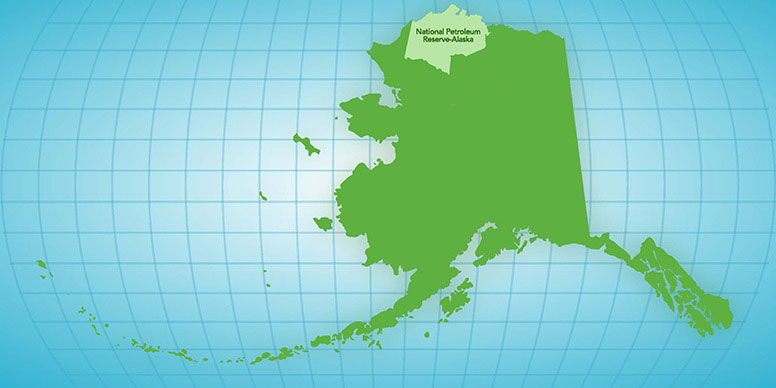Pew Commends Interior for Adopting Balanced Plan on National Petroleum Reserve Lands
Joshua Reichert, an executive vice president at The Pew Charitable Trusts who leads the organization's environmental work, issued the following statement today applauding the Department of the Interior and the U.S. Bureau of Land Management for approving a management plan for the National Petroleum Reserve in Alaska that protects critical wildlife habitat.
“This decision is the Obama Administration's crowning land conservation accomplishment to date. After years of thoughtful review, consideration of scientific studies and extensive public input, the department has achieved the first comprehensive management blueprint for this globally significant area. This balanced plan protects some of America's greatest treasures in the Arctic while allowing for measured resource development.
“The U.S. government's actions preserve core calving and migration areas for two of the state's largest caribou herds, maintaining critical subsistence resources for more than 40 communities in northern and western Alaska. This plan fulfills the congressional intent for the reserve by protecting vital wildlife, waterfowl, and fish habitat; safeguarding subsistence opportunities; and allowing for extraction of the majority of the area's oil. It is a model for sustainably managing our Arctic resources, both onshore and off.”
Read the Bureau of Land Management news release on their website.
View photos of the National Petroleum Reserve Lands
Background
The Naval Petroleum Reserves Production Act of 1976 gave the Bureau of Land Management a mandate to manage Alaska's western Arctic. In establishing the petroleum reserve, Congress explicitly recognized that it contained a number of important values—subsistence, recreational, fish, wildlife, historical, and scenic—that should be protected. It directed the Secretary of the Interior to establish “conditions, restrictions, and prohibitions” to protect significant surface resources of the reserve. The Petroleum Reserves Act expressly cites Teshekpuk Lake and the Utukok River as examples of areas that warrant “maximum protection” under the law.
The Final Interagency Activity Plan/Environmental Impact Statement will protect approximately 12 million acres of some of the highest-value habitats found in the U.S. Arctic. Protections include vital areas for birds (Teshekpuk Lake, for example) that migrate coast-to-coast, including large numbers of waterfowl important to subsistence users, bird-watchers, and waterfowl hunters. Protection of coastal areas (e.g., Kasegaluk Lagoon) will benefit polar bear, walrus, beluga whales, and other marine mammals.
Thirty resolutions from Alaskan villages have been adopted in the region. They call for protection of critical areas, wildlife, and the subsistence way of life in the reserve. Approximately 400,000 public comments were submitted supporting strong conservation protections from several sportsmen's and conservation organizations.












